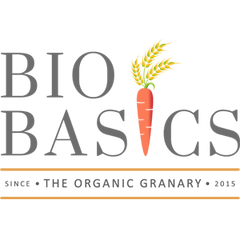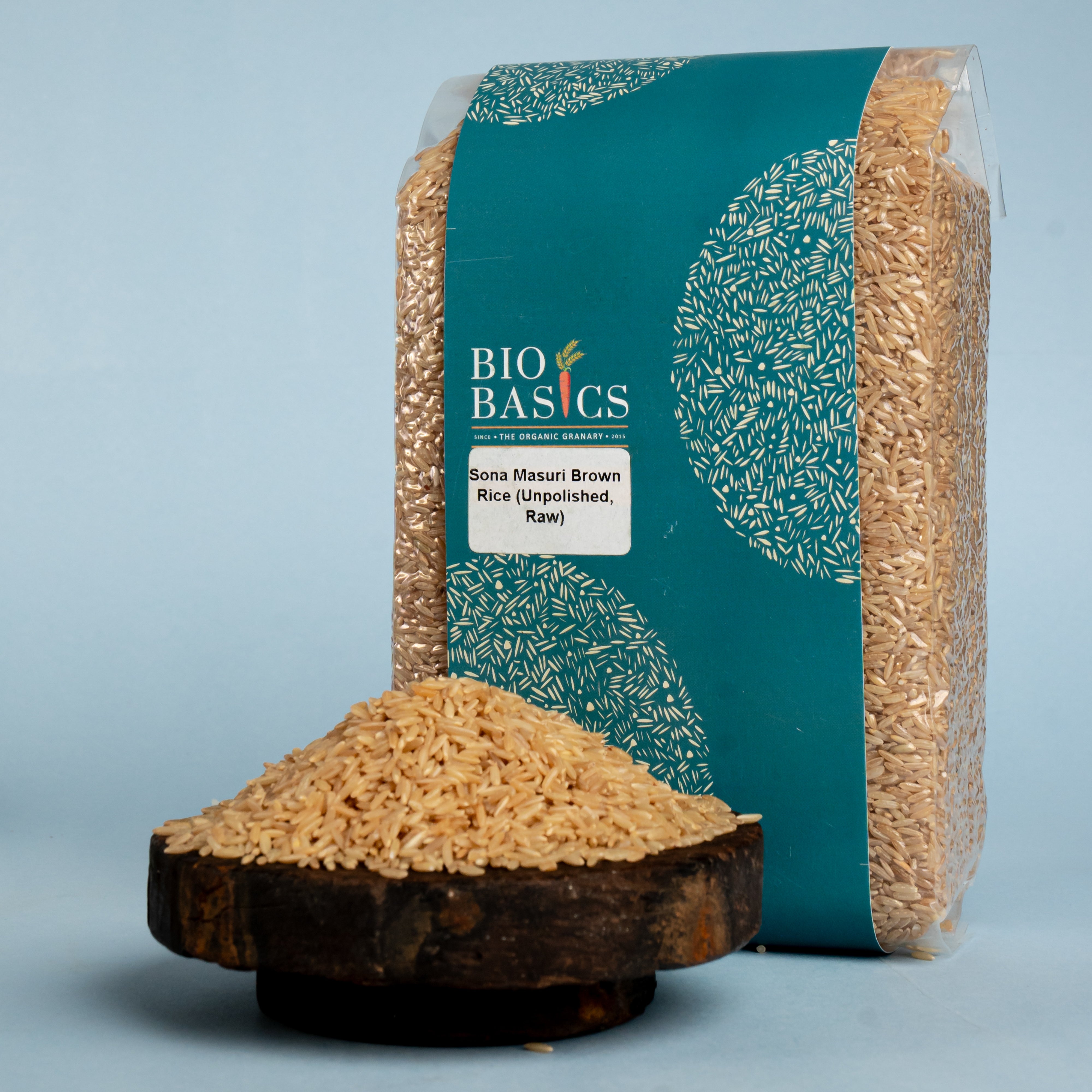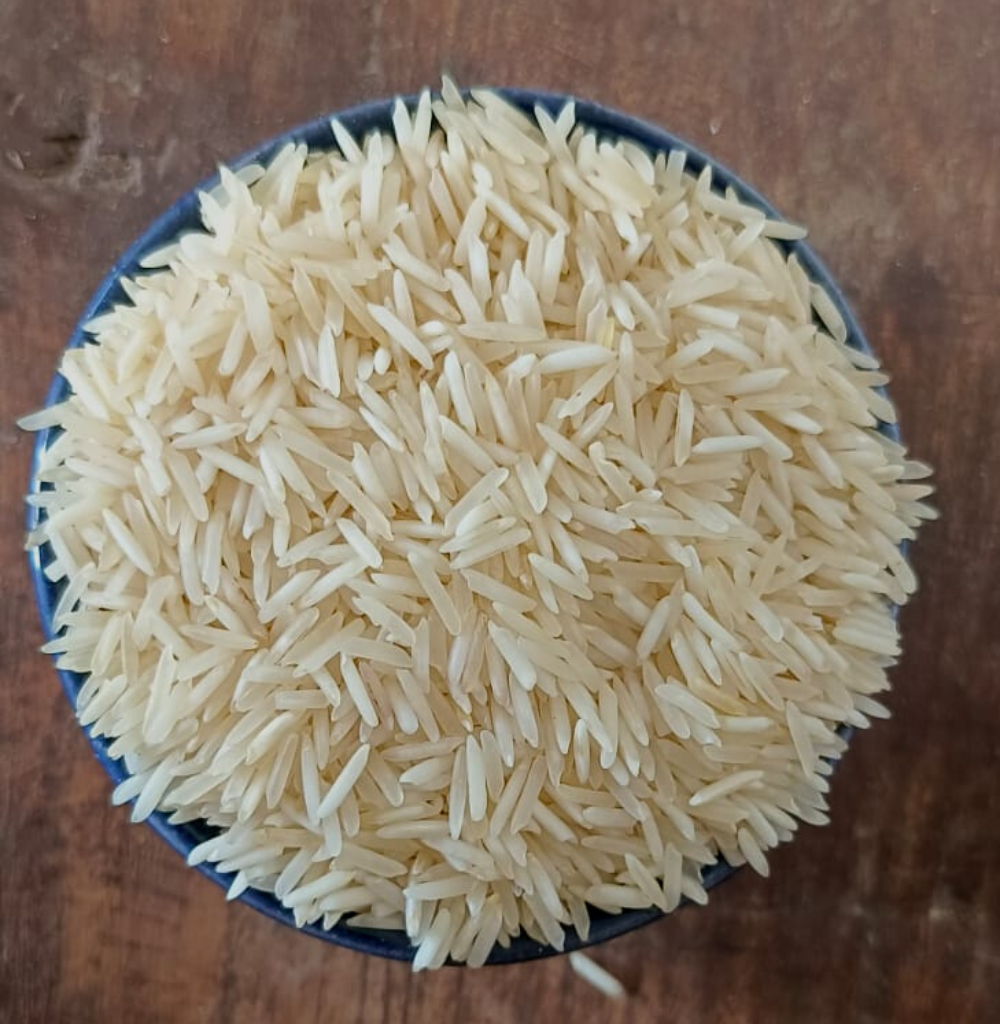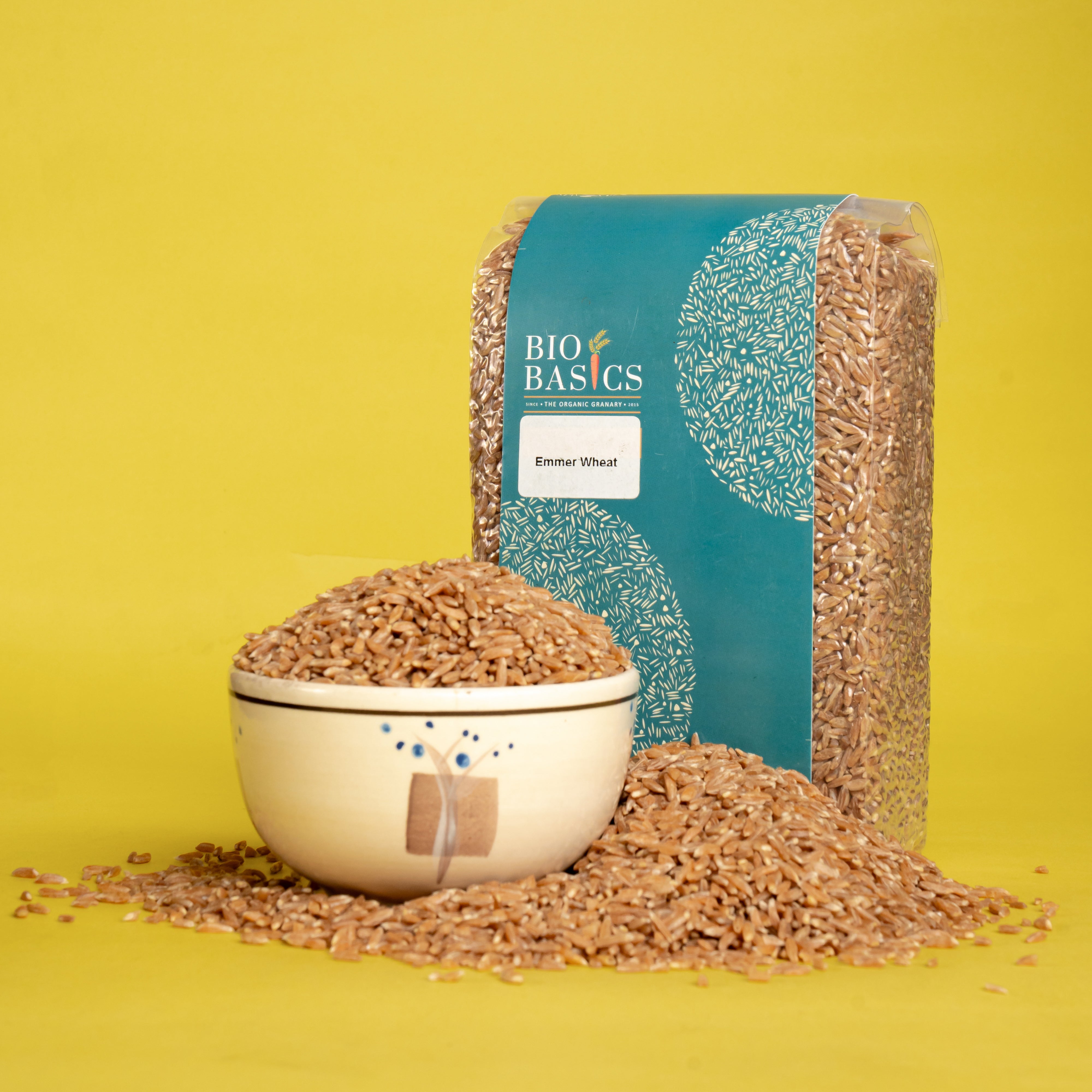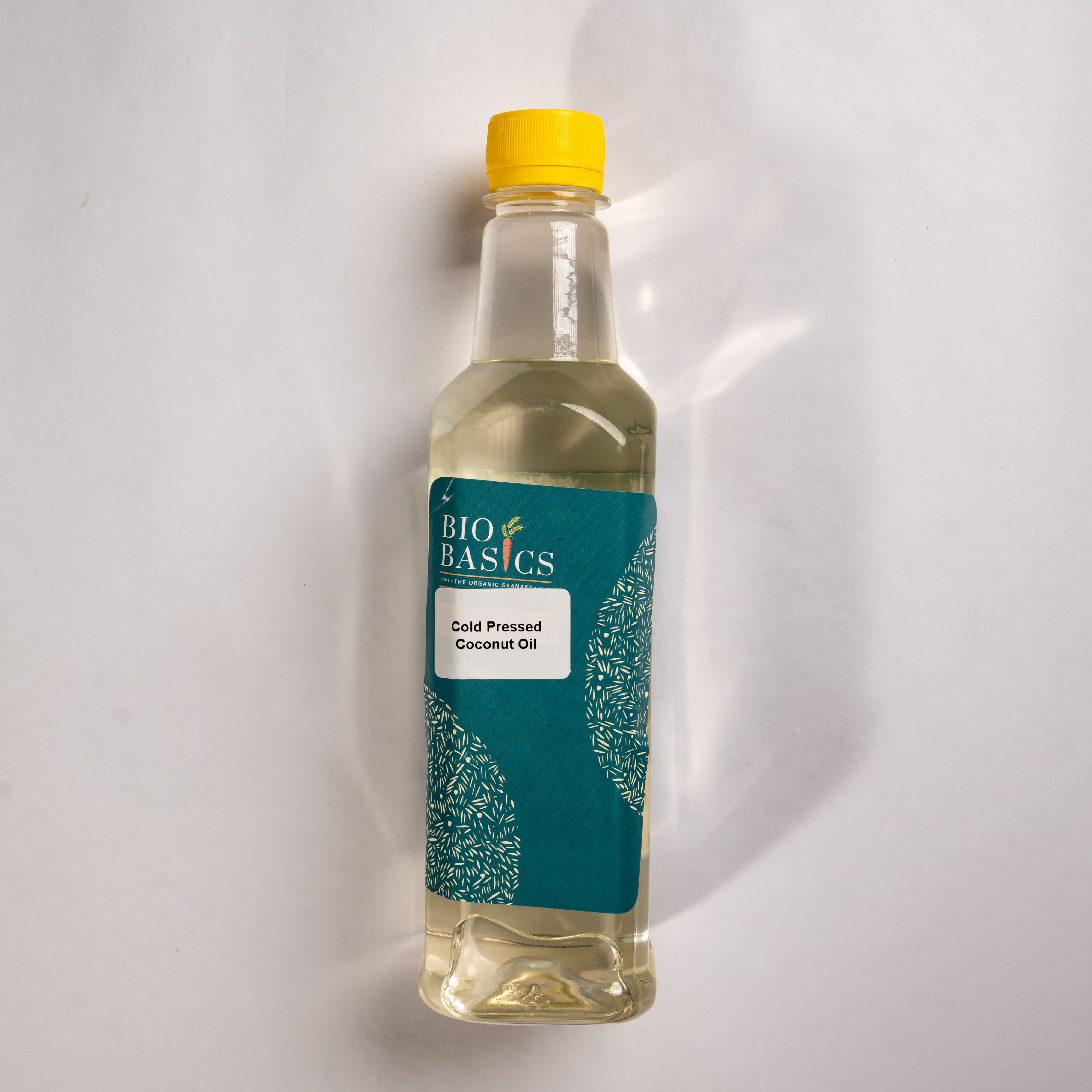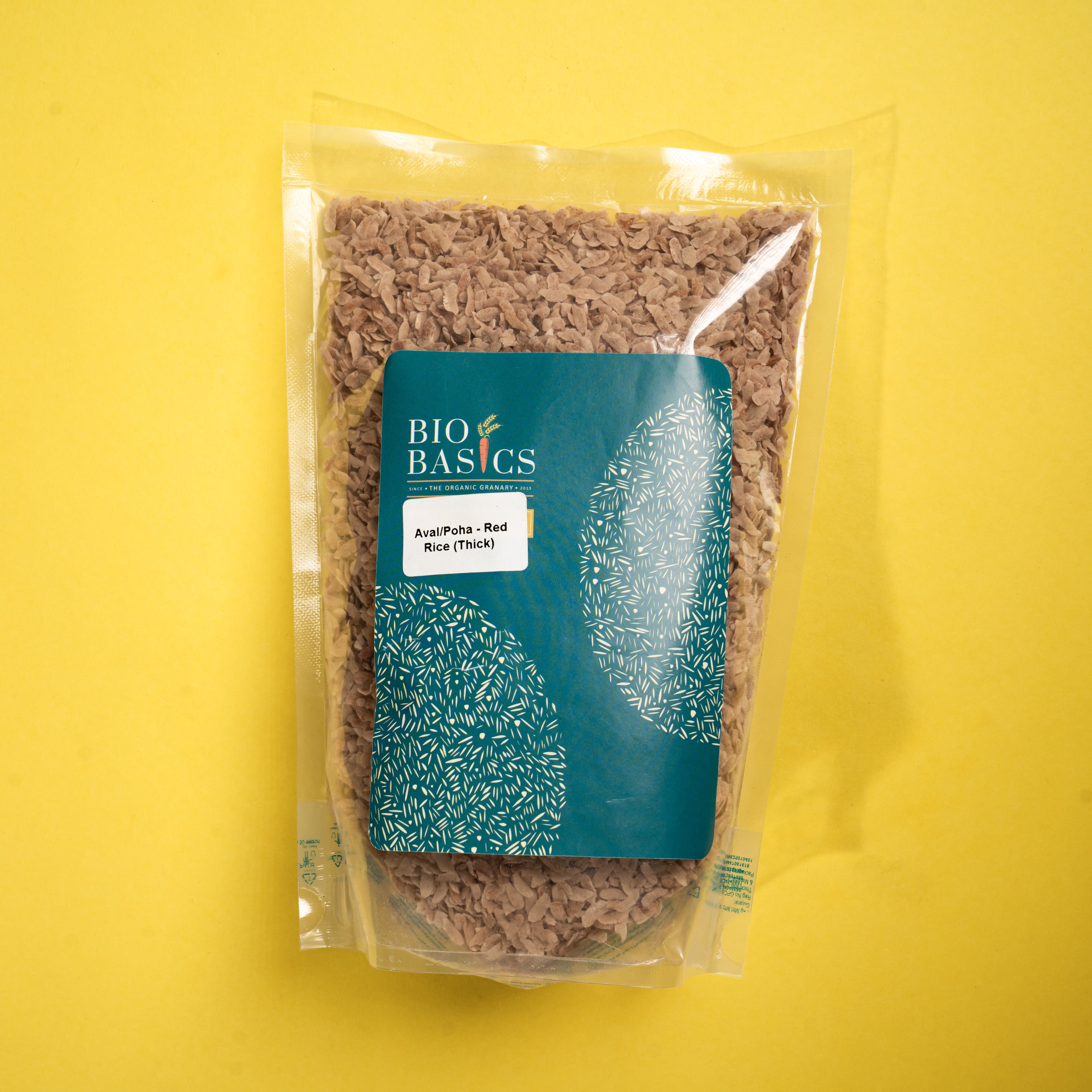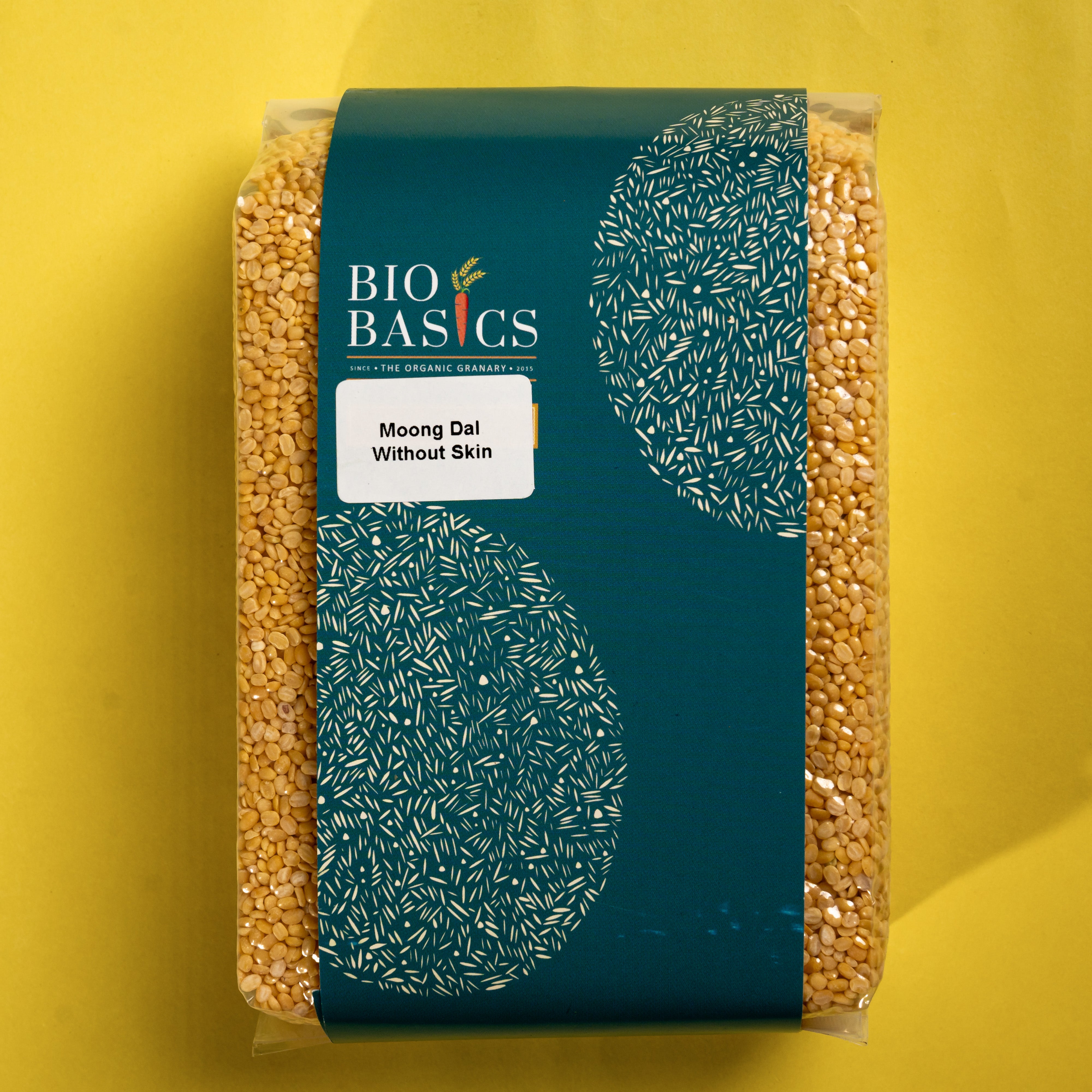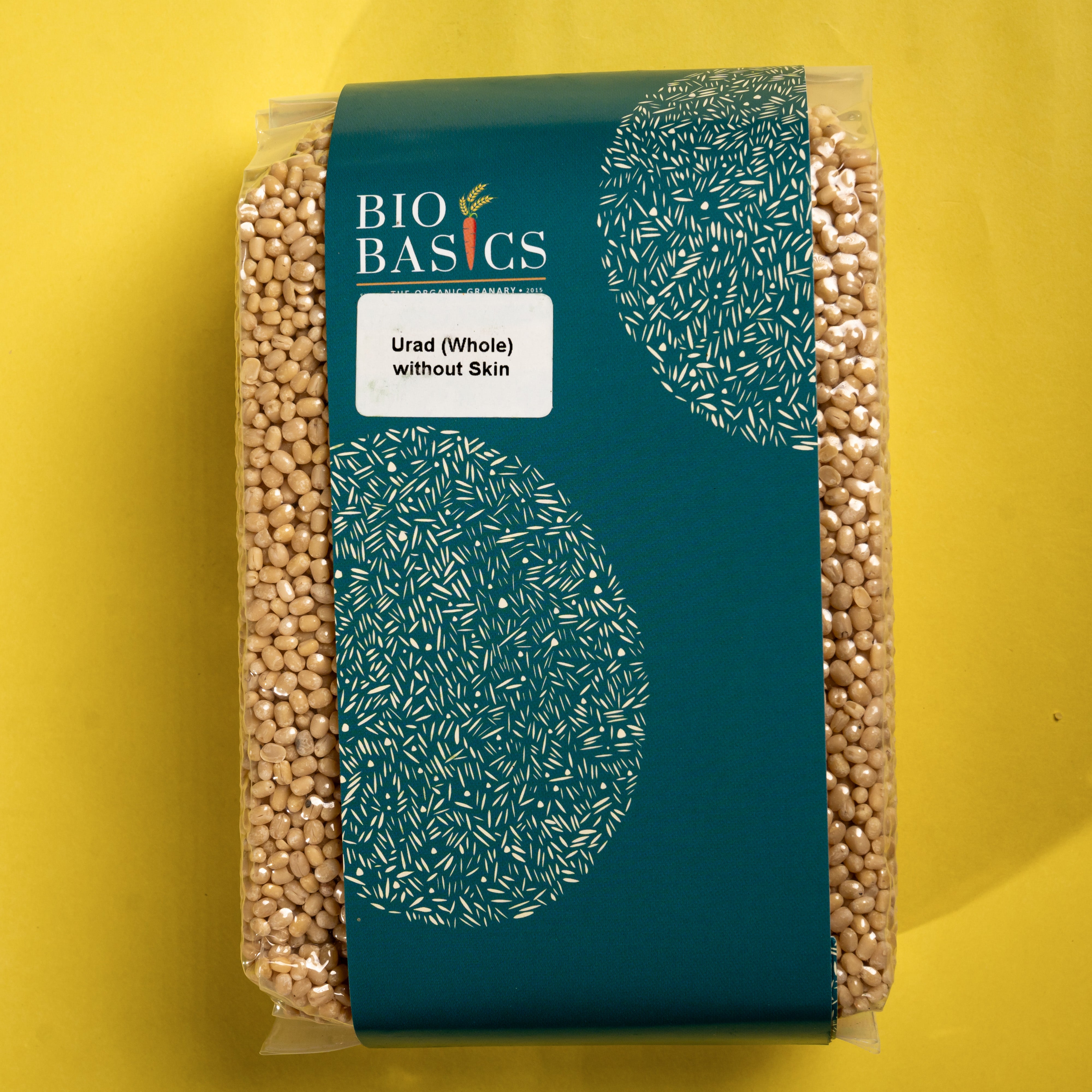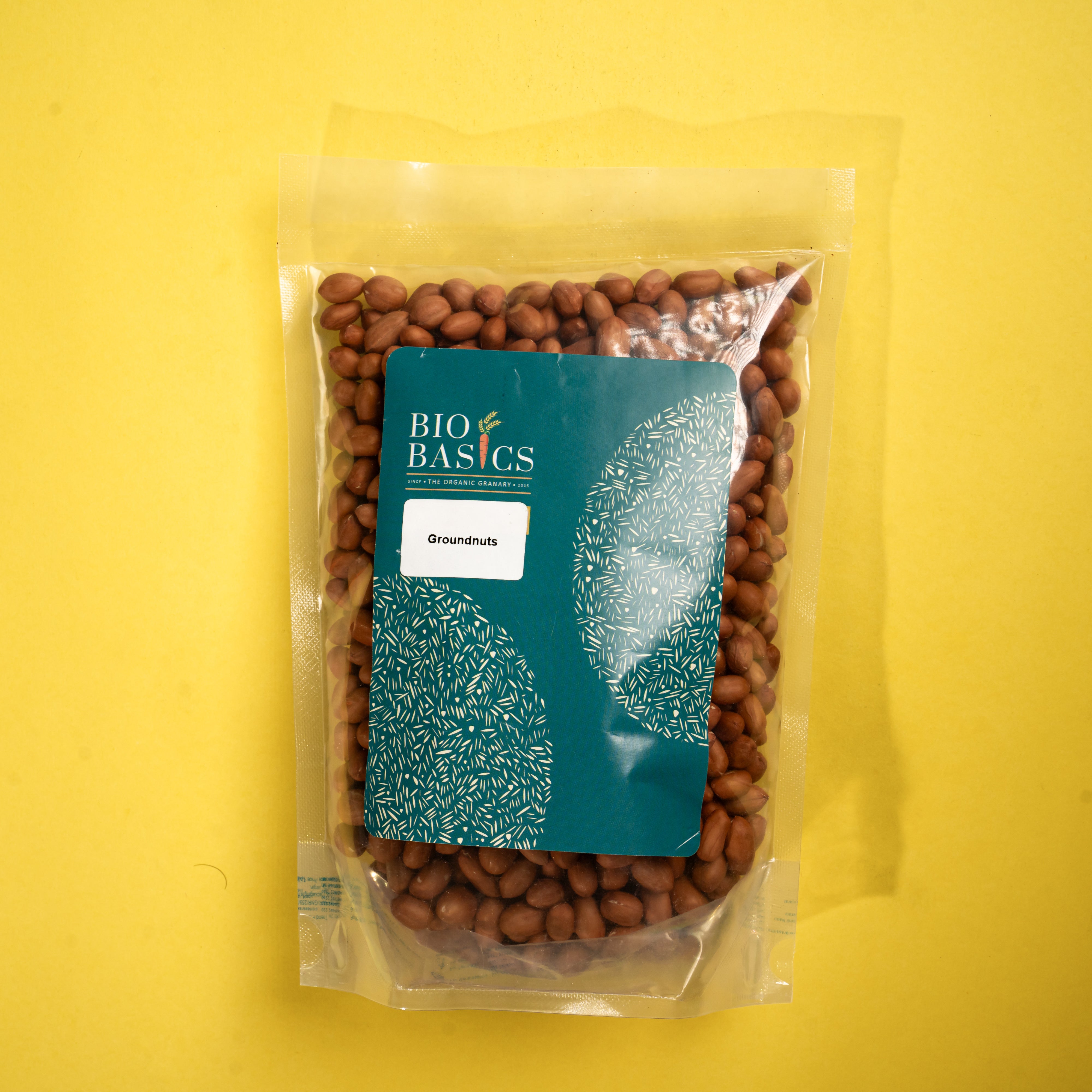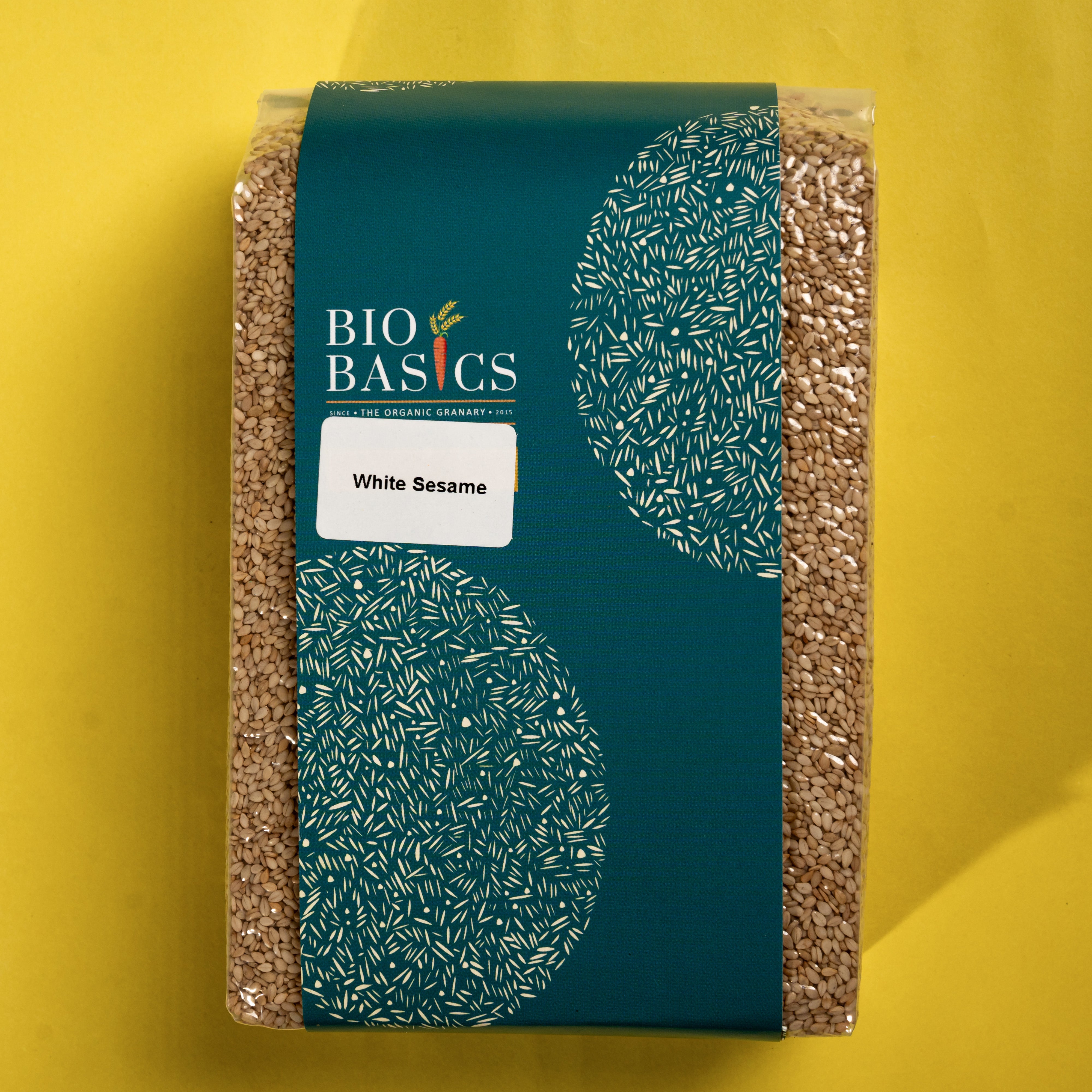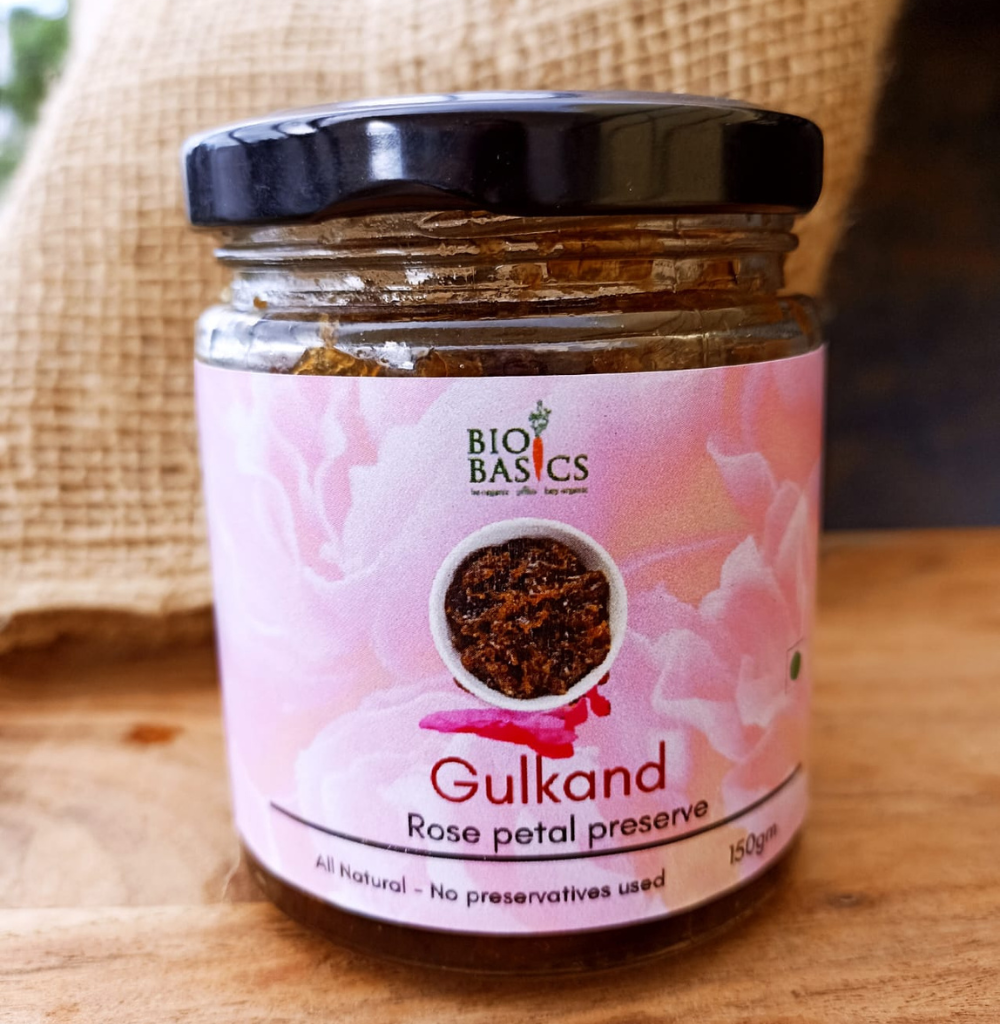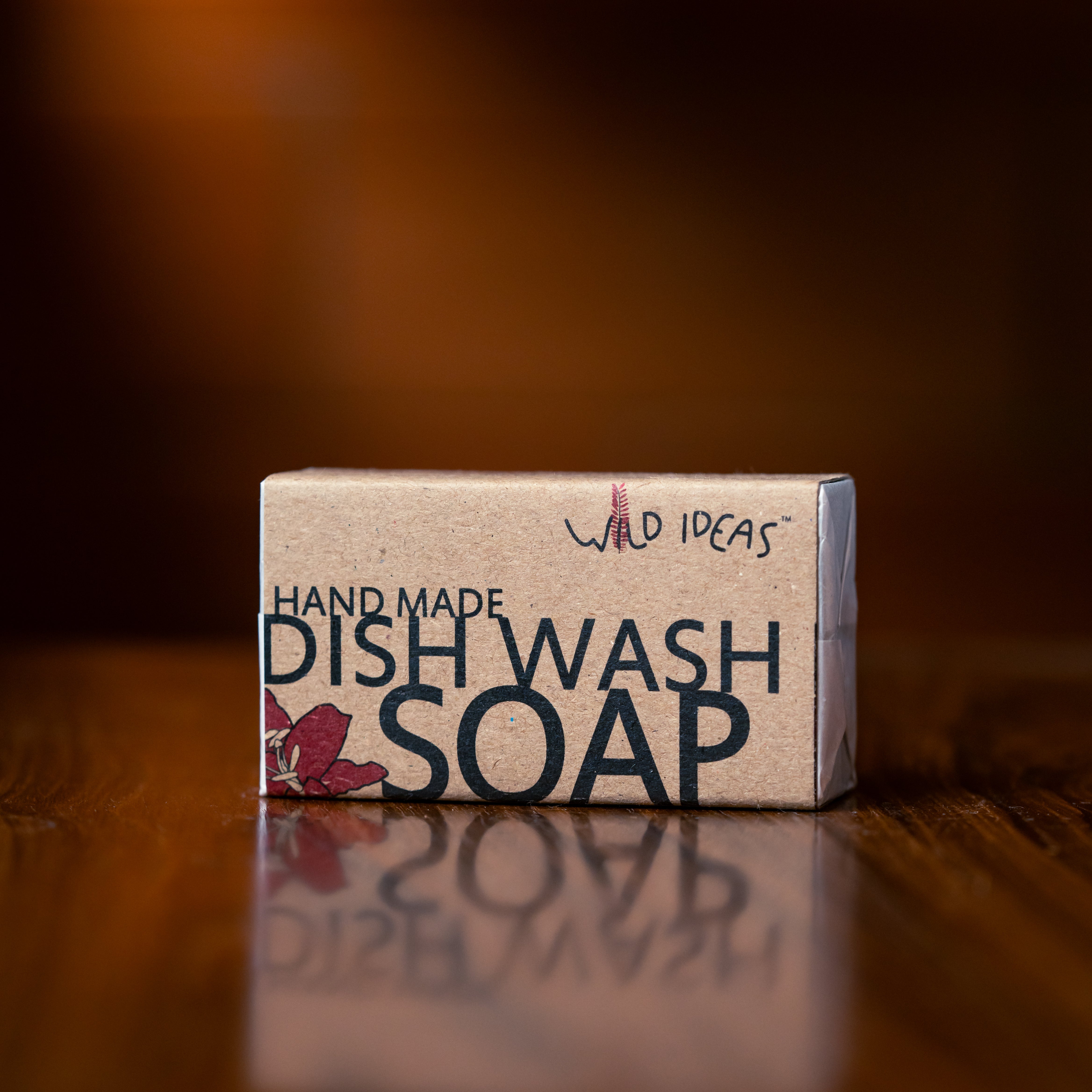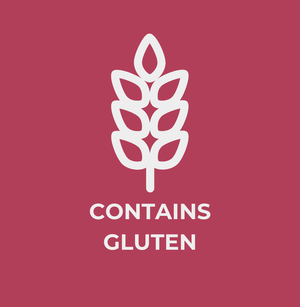Paigambari Whole Wheat Flour
The Story
Health Benefits
Storage
How to Cook

Paigambari Whole Wheat Flour
Description


- High Nutrient
- 100 % Organic
- High Protein
- Low in Gluten
Paigambari Whole Wheat Flour, known as the original Indian wheat with roots tracing back to the Indus Valley civilization, is a beautiful small grain resembling golden yellow sorghum. It comes from the bread wheat species Triticum aestivum (sphaerococcum). This flour is easily digestible due to its simpler proteins and is known to have low gluten and a low glycemic index (GI). Farmers often refer to it as sugar-free gehu. It's important to note that Paigambari wheat does contain gluten, as no wheat is gluten-free. You can buy Organic Paigambari Whole Wheat Flour online from Bio Basics to enjoy its unique qualities.
The Story
Bio Basics sources its Organic Paigambari Whole Wheat Flour from a small organic collective of Bhil tribal farmers in Jhabua, Madhya Pradesh. These farmers have become the custodians of multiple varieties of heritage wheat seeds. The wheat is naturally stored and freshly milled every two weeks. You can buy Organic Paigambari Whole Wheat Flour online from Bio Basics.
Health Benefits
- Paigambari Whole Wheat Flour is renowned for its healthful properties and ancient origins, maintaining its simple protein structure for thousands of years despite being a bread wheat.
- Many with minor gluten intolerance find Paigambari wheat tolerable, but it should be consumed under medical or dietary supervision.
- Paigambari Whole Wheat Flour is believed to have a low glycemic index, making it beneficial for blood sugar management, and it is also high in fibre. You can buy Organic Paigambari Whole Wheat Flour online to enjoy these health benefits.
Storage
- Keep Paigambari wheat flour in Airtight container
- Keep your Paigambari wheat flour in a cool, dark place
- Follow a first-in, first-out (FIFO) system
How to Cook
- In a large mixing bowl, add Paigambari whole wheat flour. If you prefer, you can add a pinch of salt for flavor.
- Gradually add water while kneading the flour until you form a soft, pliable dough. The amount of water needed may vary depending on the flour, so add it gradually to avoid making the dough too sticky.
- Knead the dough for about 5-7 minutes until it becomes smooth and elastic. Cover it with a damp cloth and let it rest for at least 15-20 minutes.
- Roll out the dough into a small disc.
- Spread some ghee or oil over the disc and fold it into a semi-circle.
- Roll it out again into a larger disc.
- Cook on a skillet until both sides are golden brown.
- Serve hot with yogurt, pickle, or any curry of your choice.
Alternate Name and Name in Other Languages
| Language | Product Name |
| Tamil | பைகம்பரி கோதுமை(Paigambari Kodhumai) |
| Malayalam | പൈഗംബരി ഗോതമ്പ് മാവ് |
| Hindi | पैगम्बरी गेहूं का आटा |
Frequently Asked Questions
Which is the oldest variety of wheat in India?
Paigambari, a type of ancient wheat cultivated in India for over 4,500 years, originated during the time of the Indus Valley Civilization. It has a unique pearl-like shape and is considered one of the oldest wheat varieties in India. Paigambari is being looked at as a great option for people who are sensitive to gluten, allergic to regular wheat, or have high blood sugar. This ancient grain could be a healthier alternative to modern hybrid wheat.
What are the health benefits of Paigambari wheat?
Paigambari Wheat has a low score on the glycemic index at 55, meaning it doesn't spike blood sugar levels much. It's also rich in protein and has very little gluten, which makes it great for people with diabetes. Plus, it's got folic acid, making it really good for pregnant women and new moms. Paigambari is the only type of wheat that has folic acid in it.
What's the difference between wheat flour and whole wheat flour?
When you compare whole wheat flour to plain white flour, a big thing to notice is the fiber. Whole wheat flour has the natural fiber that comes from wheat. But plain white flour doesn't have any of that fiber because it's removed during the process of making white flour.
Additional Information
| Weight |
500g, 1kg, 2kg |
|---|
